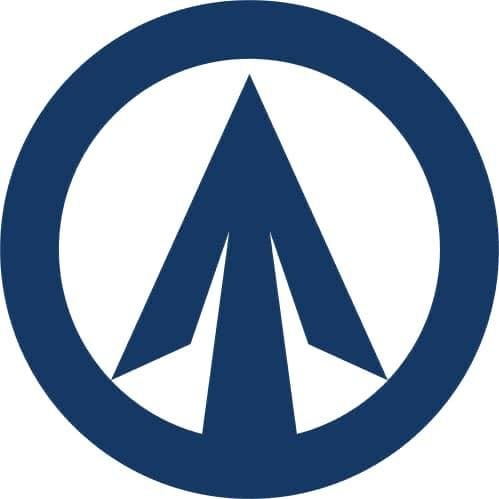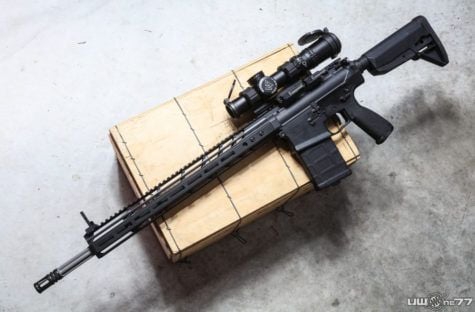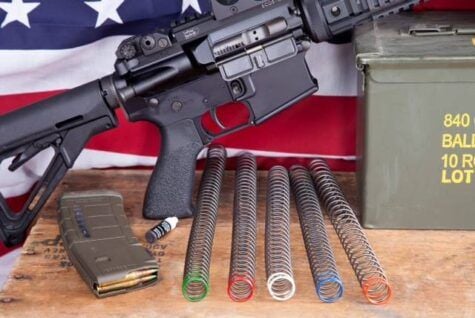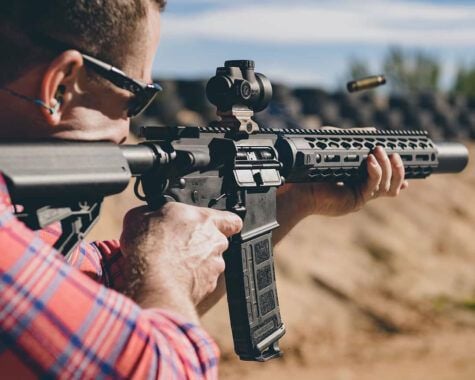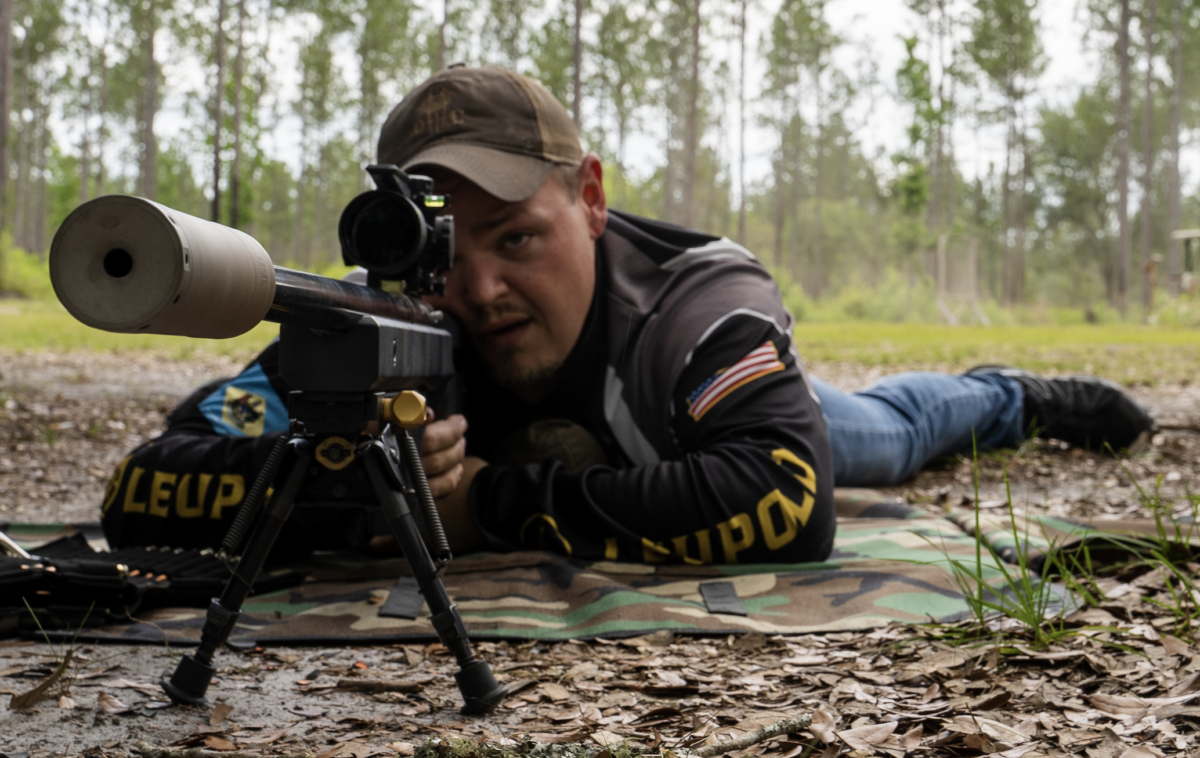
KGM Technologies, known to some as an OEM suppressor manufacturer, is also making its own line of thoughtfully designed, high-quality items, many of which feature a lightweight design and their APEC, or Adjustable Port End Cap. To learn more about KGM Technologies, we reached out to Adam Pini.
Also, check out our ARBuildJunkie profile of Adam and his passion for precision shooting.
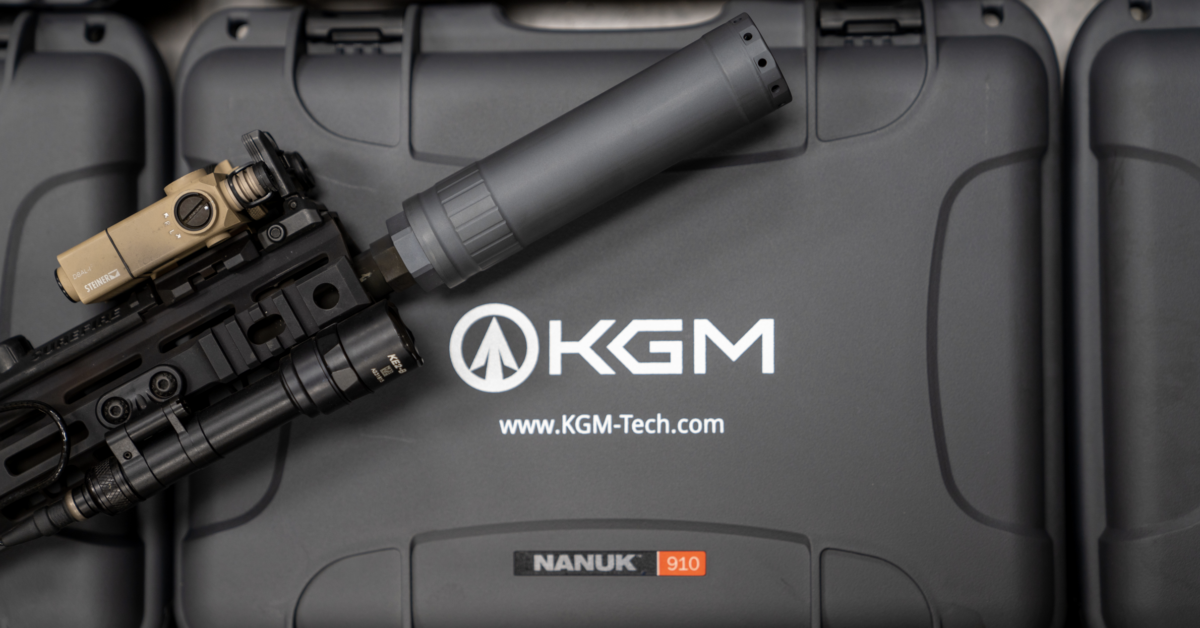
Q: Adam, thanks for chatting. Can we start with your role at KGM Technologies?
Adam Pini – KGM Technologies – I’ve been with KGM for two and a half years. I handle their business development and military program stuff, which is very fun, and passion-wise, it keeps me super excited. I got here after I left my previous company, having been longtime friends with Kyle Grob, KGM Technologies’ founder. He started the company about ten years ago. He came out of the nuclear industry, where he had experience welding reactors.
A fun fact is that they don’t just replace those. The reactors degrade over time, which can cause leaks, and instead of replacing the entire reactor, they maintain them. So Kyle’s focus was on robotic welding and building those programs where robots could go inside those reactors, make a repair, and keep everything working.
After that, he opened up his own machine shop, called ‘KG Made,’ building race cars. He spent a lot of time working with various steels like chrome-moly, 416 Stainless, etc. That’s where Kyle figured out his niche, which was Titanium, and being able to weld on it and work with it.
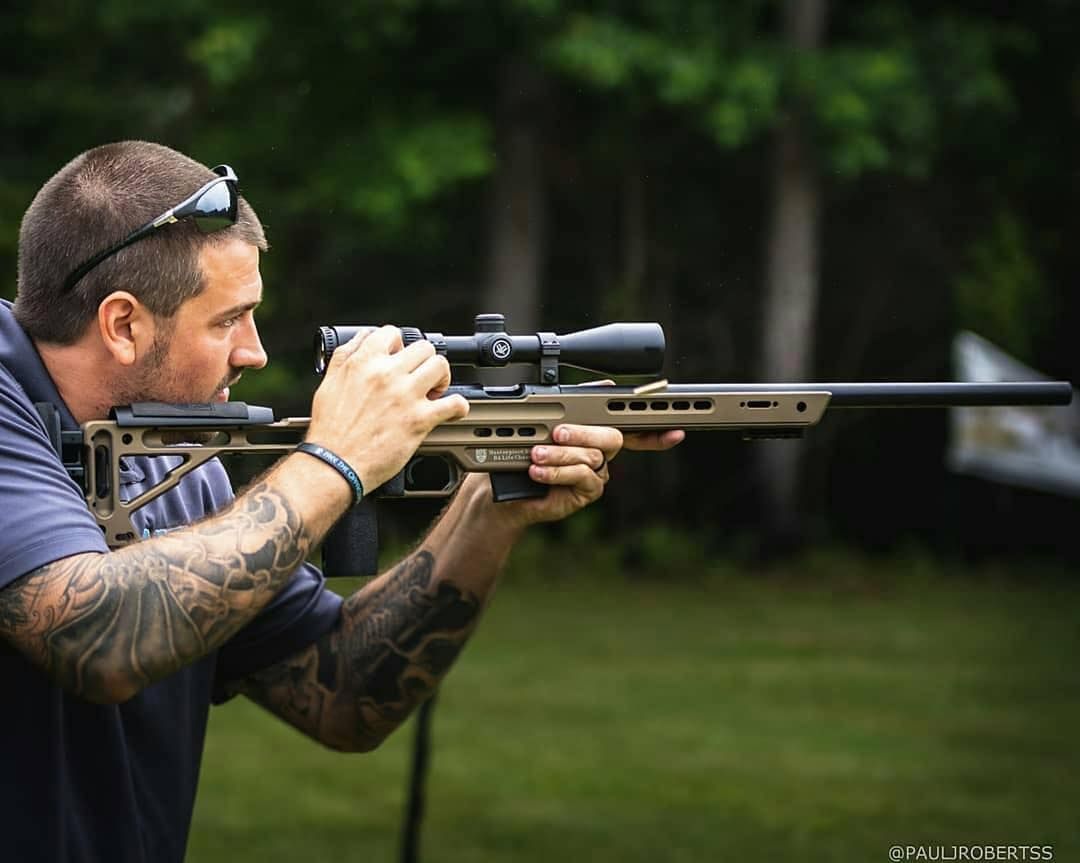
Also, being a gun guy, naturally, Kyle began thinking about what he could do with that skill, and he soon started making suppressors. It was a side job at the time, and they were making suppressors that were really large, extremely quiet, and yet very light for their overall size. He also worked on a few government R&D projects, but his main focus was the consumer market.
About three years ago, Kyle decided to rebrand the company and expand. So we went from being ‘KG Made’ to ‘KGM Technologies.’ It’s a much broader name as we do much more than suppressor manufacturing. We do contract R&D, have an in-house surface technology division…and we also took on large-scale OEM suppressor manufacturing.
We OEM suppressors for a variety of companies. Due to NDAs, I won’t go into them, but we make, on average, anywhere from 15,000 to 22,000 suppressors a month to meet demand. So by definition, we are one of the largest suppressor manufacturers in the country in terms of volume and Form 2 serial number generation.
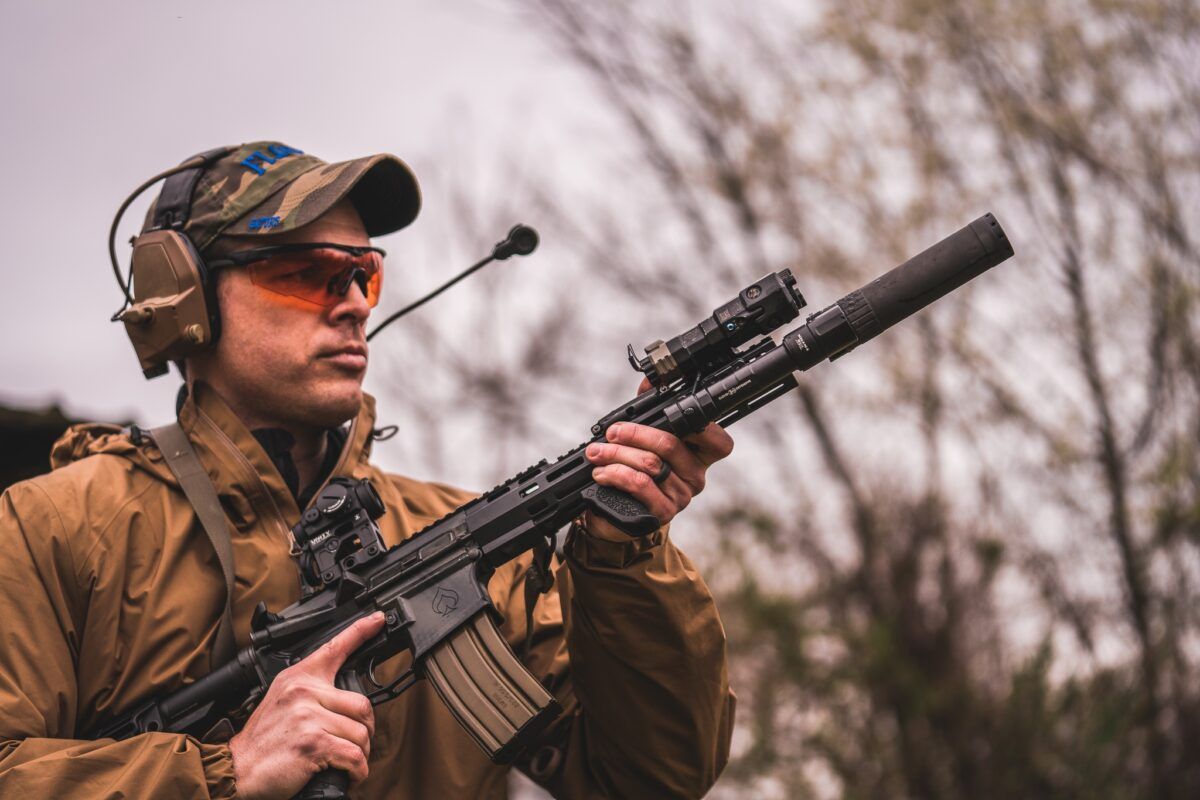
Q: Are there things you learn as you OEM that many suppressors?
Adam Pini – KGM Technologies – When you make anything in high volumes, you can figure out what works and what doesn’t. You learn how to be efficient. Vertical integration of your capabilities becomes very important, especially when you’re on that manufacturing level. Item-to-item consistency is essential to ensure your first item is the same as your 10,000th item. Building processes and procedures to maintain the consistency and excellence we shoot for in every product we make is critical, regardless of whether it is ours or somebody else’s.
Q: With so many suppressors on the market, why should shooters pay attention to what you are making? What makes your suppressors stand out?
Adam Pini – KGM Technologies – There are certainly a lot of great suppressors out in the world today. There are some phenomenal manufacturers and a lot of innovation. Now is probably one of the most exciting times to be in small arms development, everything from guns to suppressors to ammunition. For KGM Technologies, we look at the ‘Five Pillars,’ which are the five main traits we design around for every sound suppressor.
The first one is accuracy. Maintaining or improving host weapon accuracy is vital to us. The next thing we focus on is recoil. If you look at some of our models, they feature our APEC, or Adjustable Port End Cap. The APEC can reduce up to 52 percent of felt recoil, depending on the weapon’s configuration and caliber.
Our third focus is flash and being able to reduce flash signature. Having the lowest flash signature possible is especially important on the government side. Next, we want to address ground disturbance and back pressure. We lump those together. Reduced gas back pressure means you’re not getting gassed out, and the gun is running as it should. As far as ground disturbance, it is essential to prevent visual dust kickup, so there is no visual signature for an enemy combatant to shoot at.
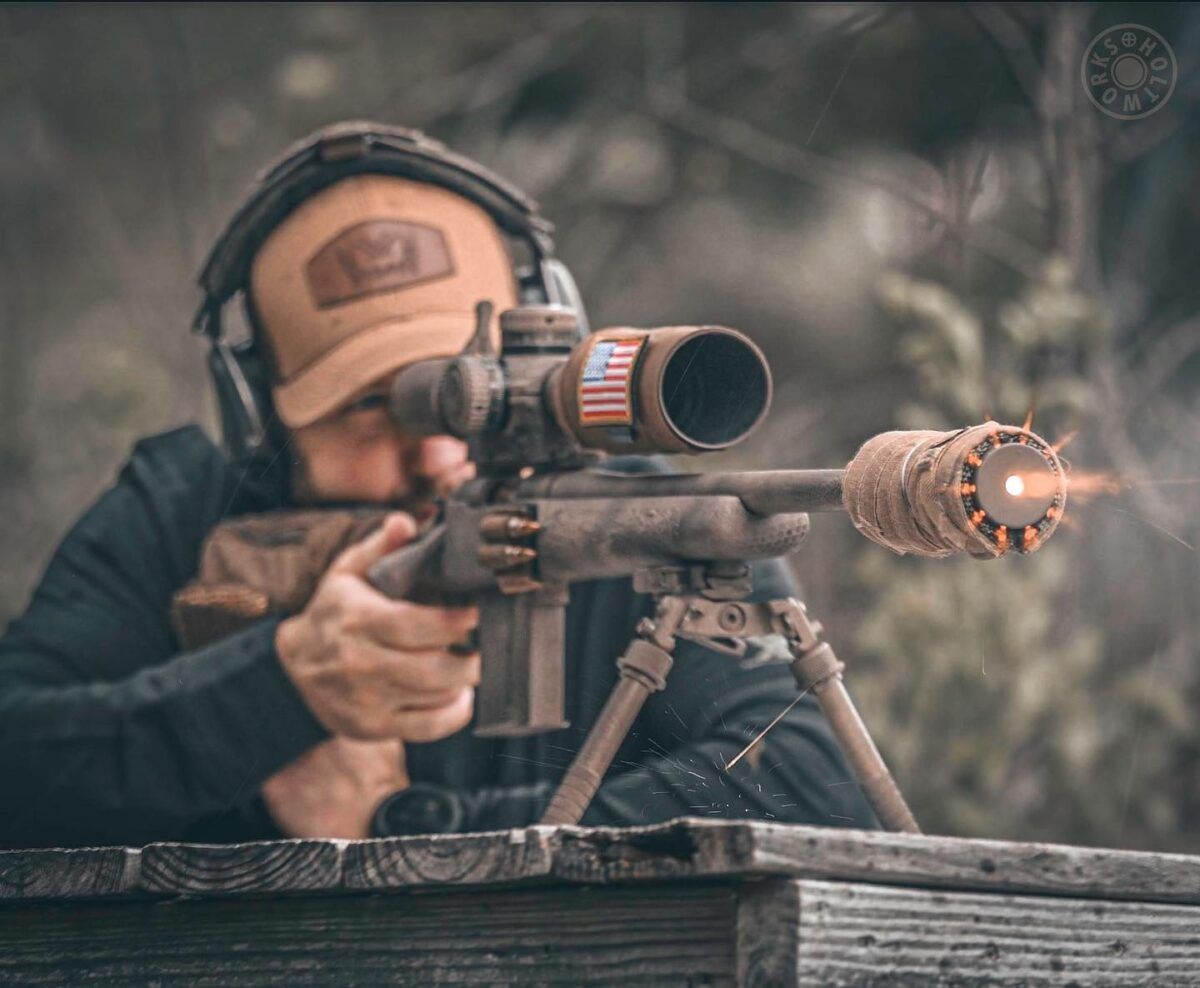
Finally, and the lowest on our overall scale is sound. We knew that if we did the other four, the fifth one with sound would come, and we’ve been able to prove that time and time again. So our suppressors are probably in the most advantageous size and weight class for overall performance when you factor all those other traits in.
A lot of commercial end-users will look at sound, but the sound is just one part of it. Yeah, you can get a monstrous 10” long, 3” wide suppressor that is quiet, but that’s a long, heavy can that is not super optimal. We design things from the ground up to really punch above their weight class. We have Titanium cans that weigh eight ounces that are hearing safe on 6mm ARC, 18” 5.56 gas guns, or 6mm Dasher competition rifles. Then you’ve got our .338 cans that are my favorites as far as what they do, that are around 13-14 ounces. They’re hearing safe, and they bring the felt recoil of .338 down to .308 level.
How we ask people to look at our suppressors is as a whole. If you look at just one key attribute, they are on par with other stuff, but when you look at the balance and look at those pillars as a system, it’s a beautiful ballet of enhancements working together to provide the end-user an advantage they didn’t have before.
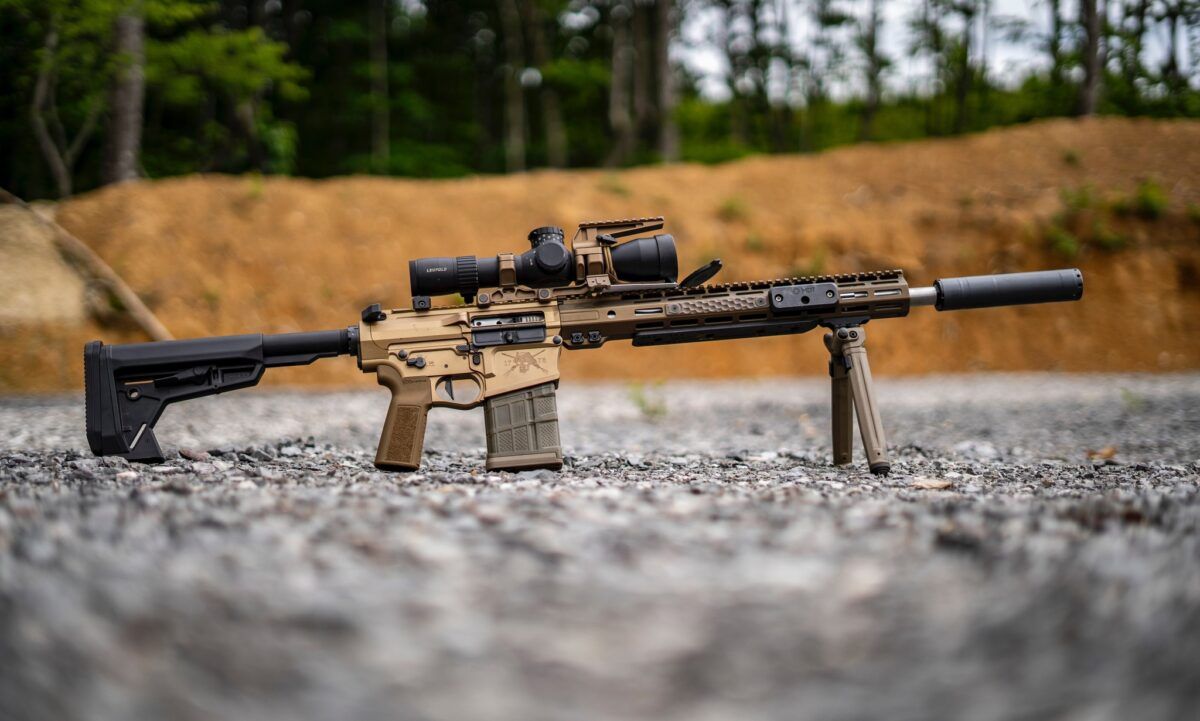
Q: You mention accuracy as your first pillar. What makes a suppressor accurate?
Adam Pini – KGM Technologies – When we talk about accuracy, we talk about a few different things. POI shift…when it comes to our cans, I would say it is minimal to none. Where this comes from is the size and weight envelopes that these cans sit in and how concentric those suppressors are. We measure every suppressor, and we run a max allow of .007 runout from the back of the muzzle device to the front of the can. That’s where the two parts screw together, not just the suppressor itself. It’s as straight as can be.
Then, you factor that in with how pressure moves inside our can. In a traditional sealed can, as you’re fire rounds into it, you’re pumping pressure in. There are areas within sealed cans where these little pressure areas can build up. This can put inadvertent yaw on a projectile which can cause it to move or open up groups. Because our KGM cans are constantly refreshing in terms of all that excess pressure is going out the front of the gun to reduce recoil, and new pressure is coming in, there is no area for those pressures to build up.
Q: Can you talk a bit more about the end cap. At first glance, there appear to be holes around the front of the suppressor. Can you talk about what they do?
Adam Pini – KGM Technologies – What you’re looking at there is our APEC, or Adjustable Port End Cap, which does many things. On those radial holes, each one of them is threaded, so I can individually tune recoil for how I like it. How I want my gun to recover may be different from how you like your gun to recover so that you can tune it to the individual end-user.
Each KGM Technologies suppressor with an APEC on it ships with an Allen wrench and a bunch of little screw plugs you can thread into those holes to block off. What it does is it redirects the pressure to the other ports. So if you have a gas gun that you notice is going up and to the right when you are shooting it, I can close the opposite lower left side of the can, and it will flatten the gun out.
Excellent secondary and tertiary benefits are that secondary pressure that would normally come back into the gun is now vented out the end cap, so there is no build up while also diffusing flash signature.
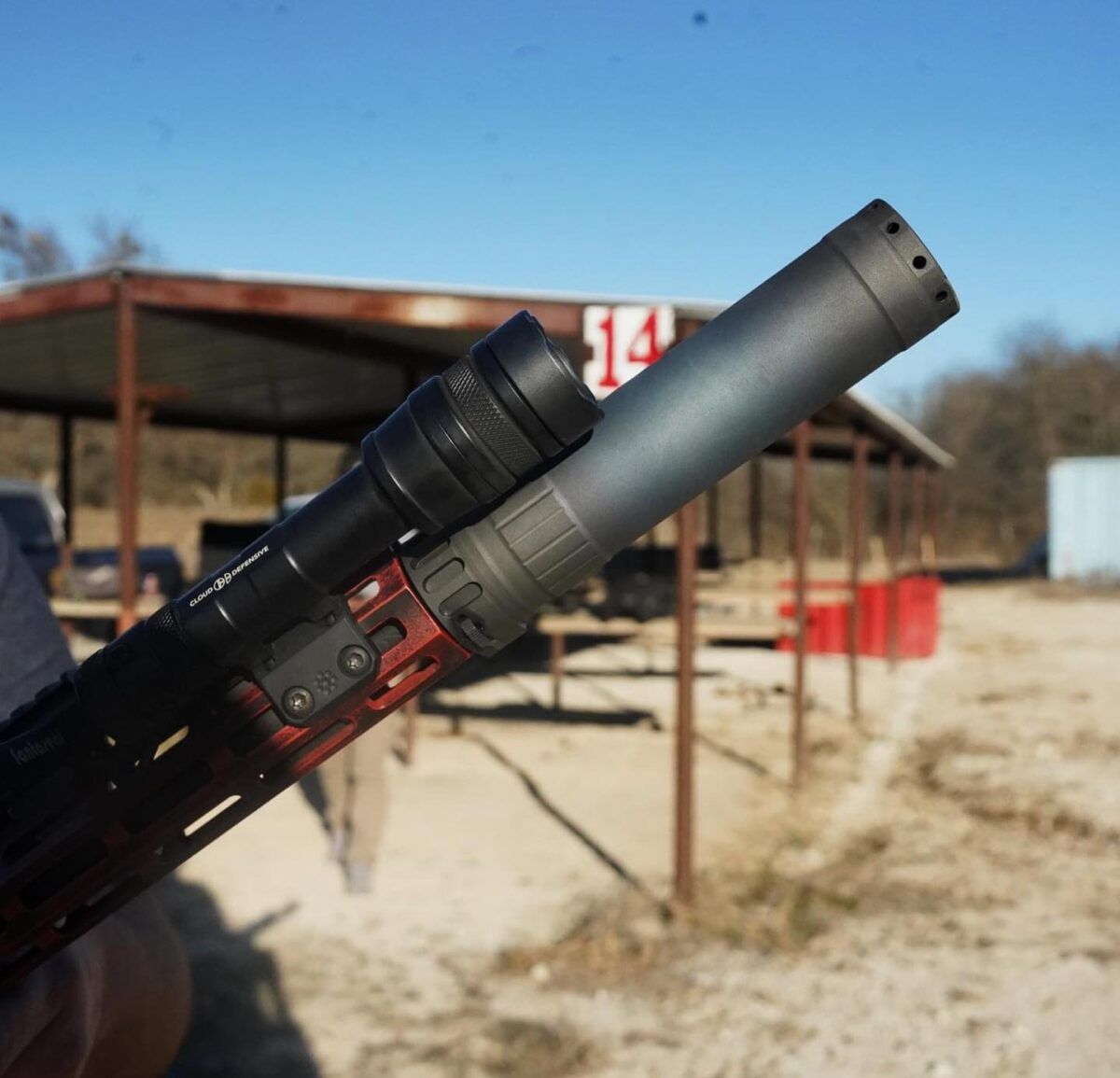
Q: Not all of the KGM Technologies suppressors are made of Titanium. Can you talk about why that is, and other suppressors you offer?
Adam Pini – KGM Technologies – If it is a precision rifle suppressor from KGM Technologies, it is grade 5 and grade 9 Titanium. These are excellent materials in terms of strength, machinability, and thermal properties. The downside of Titanium is it really cannot take a beating at the same weight that other materials can.
So, if you call me up and tell me that you are looking to suppress a semi-auto 22” 6.5 Creedmoor, I can direct you to these Titanium cans, as they’re generally not going to get a crazy high rate of fire and the barrel is long enough. However, if you call me up and tell me you want to put a suppressor on a 10.5” 5.56 M4, I’d direct you to the Hard Use line, which is a high nickel alloy with a proprietary gas oxynitride coating that we do in-house. It can better take the beating these harsher systems dish out.
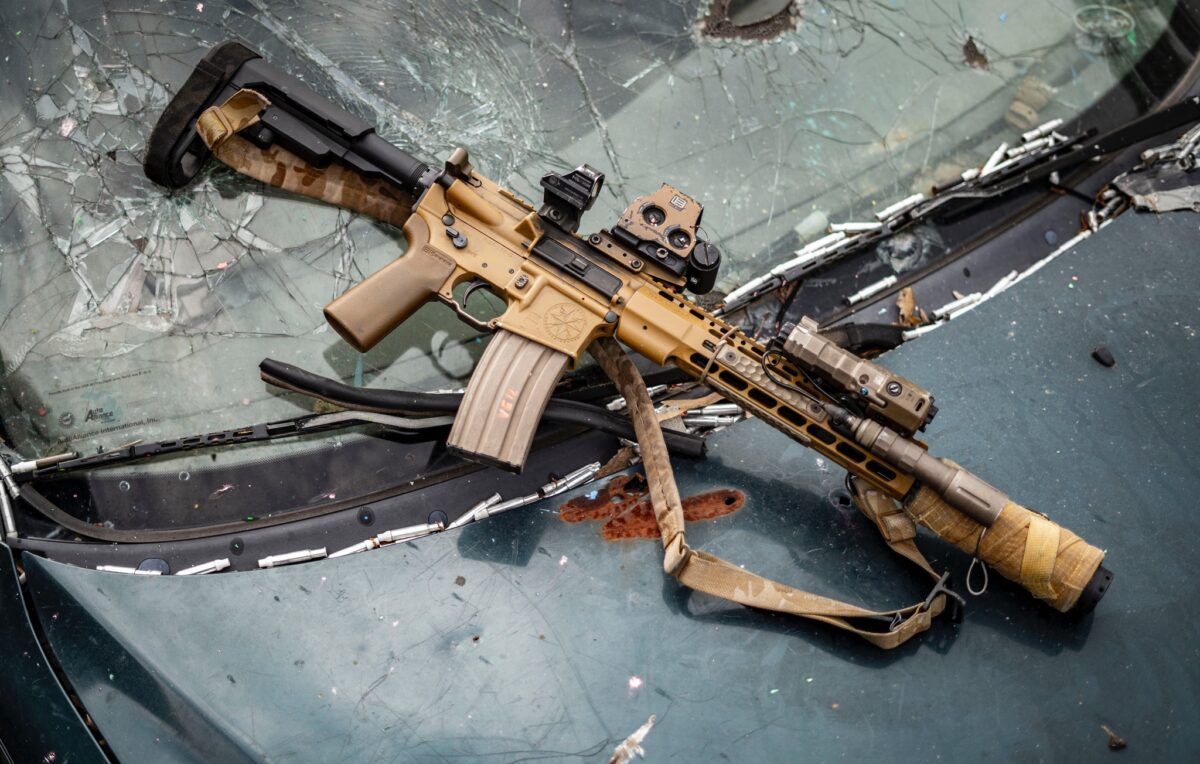
Q: You’re someone in the industry we trust to shoot straight. Any advice to folks out there as they shop for suppressors?
Adam Pini – KGM Technologies – Historically, as people were looking for suppressors, they focused on making sure it was quiet above all else. It was all about ‘sound, sound, sound.’ I think the better approach today to buying a suppressor is to look at it like you are purchasing a new truck. When you go and buy a new truck, you are spending a lot of money and committing. You’re looking at all the extra add-ons, and there are a lot of things that make a truck more comfortable.
Now that suppressors are quicker to get with the new E-forms, there are many new buyers and so many options in terms of all these great manufacturers. My advice to them is for them to take their time, do their homework, and focus on the things that are important to them. If you are mostly shooting on a range and wearing ear protection, maybe the sound is not the most important thing. Perhaps they’d rather have something that isn’t going to choke them out with back pressure.
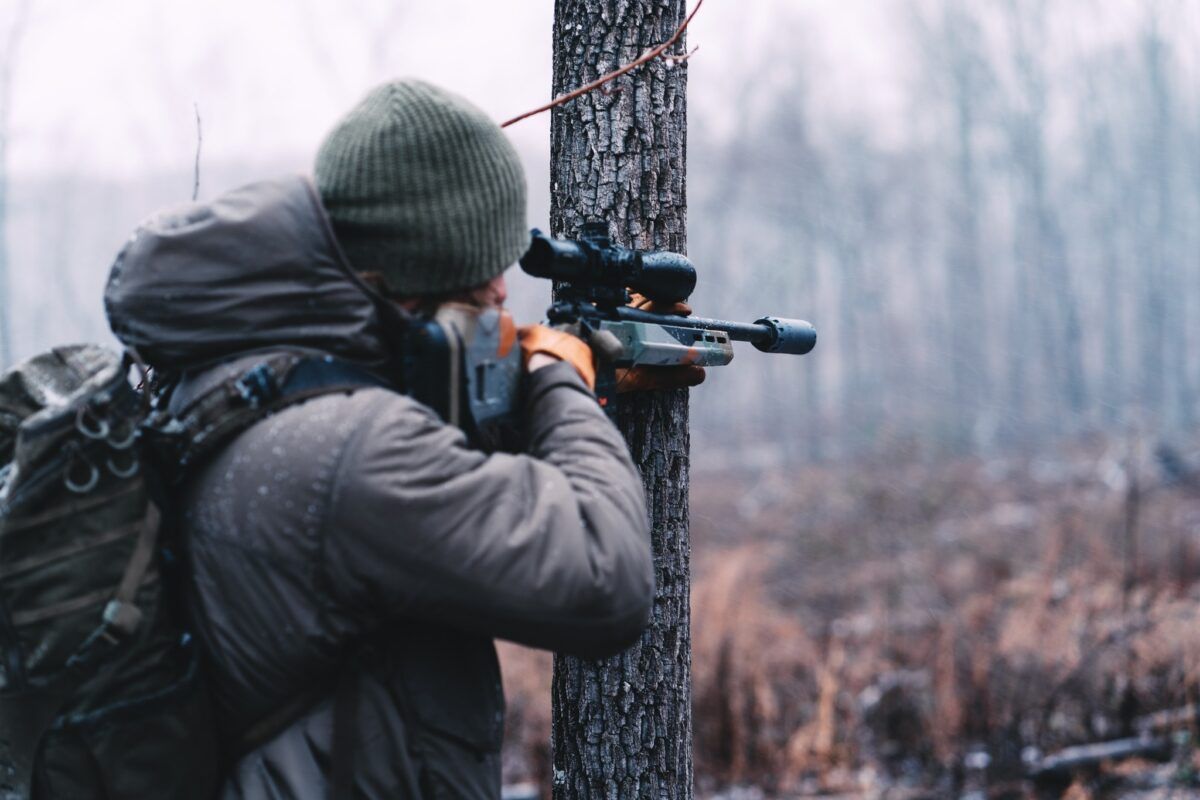
Alternatively, if this is their fifth can and they already have several hard-use cans, perhaps they might want to consider suppressing their hunting rifle. If so, they should look at the performance metrics that are important to them and make a selection based on that.
Do your homework, look at your actual needs, and find what fits best for you. It might not be a KGM Technologies suppressor but one from somebody else out there. If we don’t have something that fits your needs, we’re happy to point you in the right direction. Suppressing a firearm is your right, and we want you to take advantage of that. Not only that, there is also the health side to consider.
Q: Let’s touch on that….can you talk a bit about the health component of shooting suppressed?
Adam Pini – KGM Technologies – There is a massive health advantage shooting suppressed, and I wish that were something that people would spend more time looking at. That’s why SOCOM made such a big push into suppressing weapon systems.
When you shoot a rifle unsuppressed, you are experiencing a substantial amount of pressure exerted on you. The sound is one thing, but the pressures that these weapon systems expel are ridiculous. Many of us have stood a few bays down from someone at the range with a 10.5” 5.56, and you know what it is without seeing it, as you can feel it.
When you’re suppressed, you’re taking all that pressure out. You can make higher-level cognitive decisions more quickly and simply perform better. In PRS, which is my forte, many guys are just spent after a two-day match. They’ve been dealing with the banging and concussion, and they’re just worn out. Alternatively, guys who have switched over and who are using suppressors are able to drive home at the end of day 2 in the same headspace as when they arrived.
At the end of the day, if you can own a can, there’s just no reason not to anymore. There’s great manufacturers out there. Do some homework, get one, enjoy it and shoot better. You’ll be so happy that you did.
###
